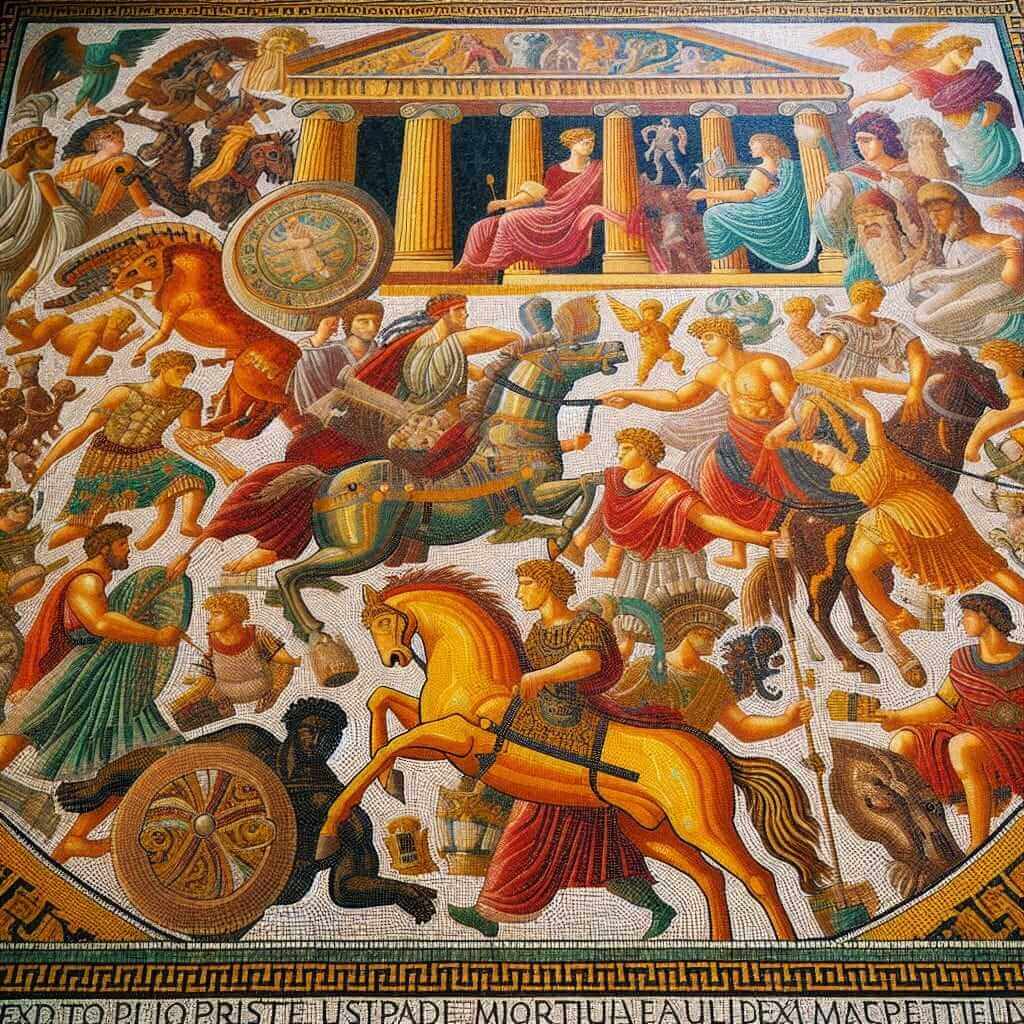The realm of art transcends mere aesthetics, serving as a potent instrument for social commentary and a catalyst for change. In the context of IELTS Writing Task 2, the theme of “The role of art in expressing social issues” frequently emerges, challenging candidates to analyze and articulate the profound connection between artistic expression and societal concerns. This essay will delve into this intricate relationship, exploring how art provides a voice to the voiceless and ignites conversations on pressing social matters.
IELTS Writing Task 2 Sample Question
Some people believe that art should primarily serve as a source of aesthetic pleasure, while others argue that its main purpose is to express social or political messages. Discuss both views and give your opinion.
Analysis of the Question
This question presents a classic argument-style prompt. You are asked to:
- Discuss both views: Provide a balanced discussion acknowledging the validity of both perspectives.
- Give your opinion: Clearly state your stance on the matter and provide justification for your viewpoint.
Sample Essay
Art, in its myriad forms, has been an integral part of human civilization since time immemorial. While some contend that art should primarily exist for aesthetic gratification, others posit that its true power lies in its ability to convey social and political messages. This essay will delve into both perspectives before concluding that art possesses the remarkable capacity to fulfill both roles simultaneously.
On the one hand, the intrinsic beauty of art cannot be overlooked. A hauntingly beautiful melody, a captivating painting, or a gracefully executed dance performance can evoke a plethora of emotions, from joy and serenity to contemplation and awe. Such experiences have the power to uplift our spirits, broaden our horizons, and provide solace from the mundane. For instance, the intricate mosaics of ancient Rome or the serene landscapes of the Impressionists offer timeless aesthetic pleasure, transcending cultural and temporal boundaries.
 Ancient Roman Mosaic
Ancient Roman Mosaic
On the other hand, art has long served as a powerful vehicle for social commentary and political activism. Artists throughout history have harnessed their creative voices to challenge societal norms, expose injustice, and advocate for change. Picasso’s Guernica, a chilling depiction of the horrors of war, and Banksy’s thought-provoking street art, which often tackles issues like poverty and consumerism, stand as potent examples of art’s ability to incite critical reflection and spark dialogue on pressing social issues. By giving voice to the marginalized and shedding light on uncomfortable truths, art can act as a catalyst for social progress.
In conclusion, while art undoubtedly possesses an inherent ability to captivate and inspire through its aesthetic qualities, it is also a powerful instrument for social change. Rather than viewing these roles as mutually exclusive, it is important to recognize that art can simultaneously provide aesthetic pleasure and convey profound social and political messages. Through its unique capacity to engage our emotions, challenge our perspectives, and ignite our imaginations, art serves as a vital mirror to society, reflecting both its beauty and its flaws.
Word Count: 325 words
Notes for Writing
- Balanced Approach: Ensure you dedicate sufficient space to exploring both sides of the argument before presenting your own opinion.
- Examples: Illustrate your points with relevant examples from art history, literature, film, or even contemporary culture.
- Vocabulary: Employ a wide range of vocabulary related to art, social issues, and expressing opinions.
Useful Vocabulary
- Aesthetic (adj.) /esˈθet.ɪk/: Concerned with beauty or the appreciation of beauty.
- Intrinsic (adj.) /ɪnˈtrɪn.zɪk/: Belonging to the essential nature of something.
- Evoke (verb) /ɪˈvoʊk/: To bring a feeling, memory, or image into your mind.
- Solace (noun) /ˈsoʊ.lɪs/: Comfort or consolation in a time of distress or sadness.
- Transcend (verb) /trænˈsend/: To go beyond the limits of something.
- Commentary (noun) /ˈkɒm.ən.tər.i/: A set of explanations or interpretations.
- Activism (noun) /ˈæk.tɪ.vɪ.zəm/: The use of direct and noticeable action to achieve a political or social goal.
- Marginalized (adj.) /ˈmɑːr.dʒɪ.nə.laɪzd/: Treated as insignificant or peripheral.
- Catalyst (noun) /ˈkæt.əl.ɪst/: Something that causes a change or makes something begin to happen.
- Mutually exclusive (adj.) /ˈmjuː.tʃu.ə.li ɪkˈskluː.sɪv/: Two things that are mutually exclusive cannot both exist or be true at the same time.
Conclusion
The intersection of art and social issues offers a rich tapestry of ideas for exploration in the IELTS Writing Task 2. By familiarizing yourself with relevant vocabulary, crafting well-structured arguments, and supporting your claims with concrete examples, you can confidently address this multifaceted theme and achieve a high band score. Remember to explore various perspectives on the role of art in society and practice articulating your own viewpoint clearly and persuasively.


